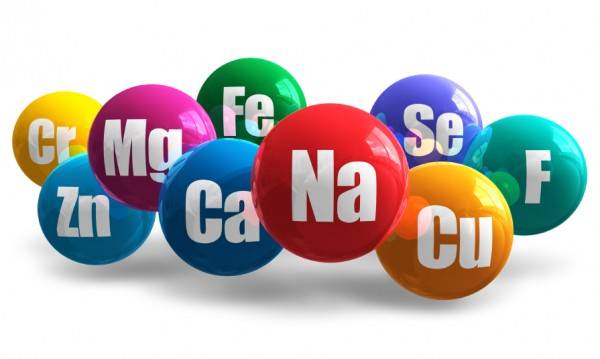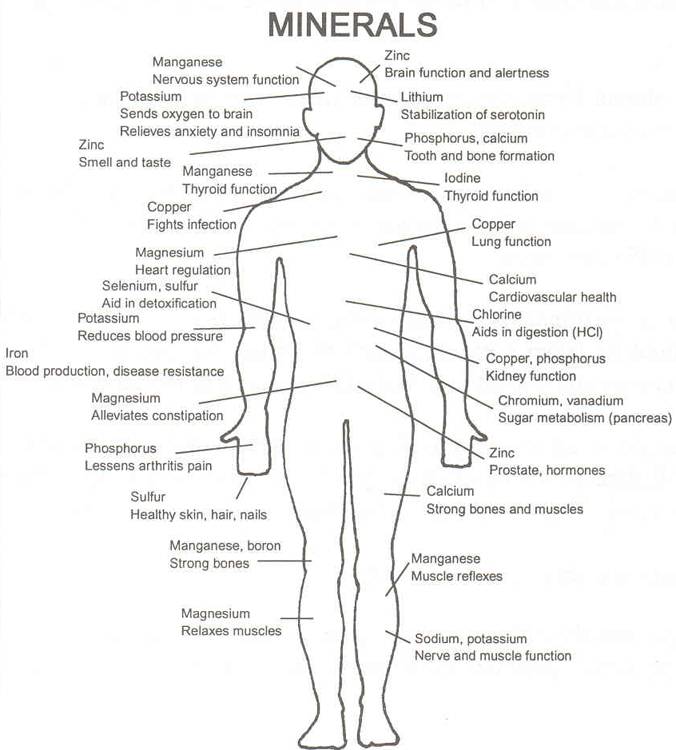
Minerals are important elements for keeping the human body healthy.
Minerals are necessary for life-saving medicines. They are also useful in cutting-edge medical equipment.
Minerals and their uses are the subject of an exhibition at the National Institutes of Health Clinical Center in Washington, D.C.
The Clinical Center worked in partnership with the Smithsonian Institution’s Museum of Natural History to tell the story of minerals in medicine.
Visitors to the exhibit will see 40 minerals that look as if they could be used in costly jewelry. But these minerals are much more important than that.
The show is called “Minerals in Medicine.” It explains how minerals dug up from the earth make a big difference in human health, medicines and treatment.

John Gallin is director of the NIH Clinical Center. He says minerals are important not only for good health but also for treatments that keep us healthy.
“Each mineral has a different role. Some are important as antibiotics, such as silver. Some are important in carrying certain proteins from one place to another, such as copper. Some are important in our teeth health, such as fluoride. They have different functions and that’s what makes them so magical.”
He adds that these minerals are necessary for medical equipment used in health care centers around the world.
“For example Beryl, which is beautiful crystal, is very important in our imaging equipment for high resolution imaging such as in CT (Computed Tomography) scans and breast mammography.”
“This is the source of the CT, computed tomography…”
That was Les Folio, a radiologist working at the National Institutes of Health. He notes that other minerals are also required in imaging devices.
“These are resultant CT images getting us a three-dimensional information. You can see the lungs and the abdominal organs and these green areas are lymph nodes from metastatic cancer. CT picks those up beautifully thanks to the minerals on the exhibit.”
Most gypsum comes from Spain. This mineral has long been used in dentistry – the study, prevention and treatment of diseases of the mouth. Robert Range is a dentist at NIH.
“The gypsum in this case is a stone that is being used to create the mold of the patient’s gum tissue and teeth for diagnostic purposes.”

The 40 minerals in the exhibit are on loan from the National Museum of Natural History. The exhibit is part of an ongoing arts exhibition at the clinical center. John Gallin says that art can have an effect on a person’s health. And he considers looking at beautiful minerals as a form of art.
“The impact of art on health is very intriguing – probably very important. Art can be paintings, it can be music as well as looking at things like crystals and minerals. (It) makes people smile and makes them feel better.”
Gallin says he hopes visitors can also begin to understand the importance of minerals in their health and well-being.

Leave a Reply